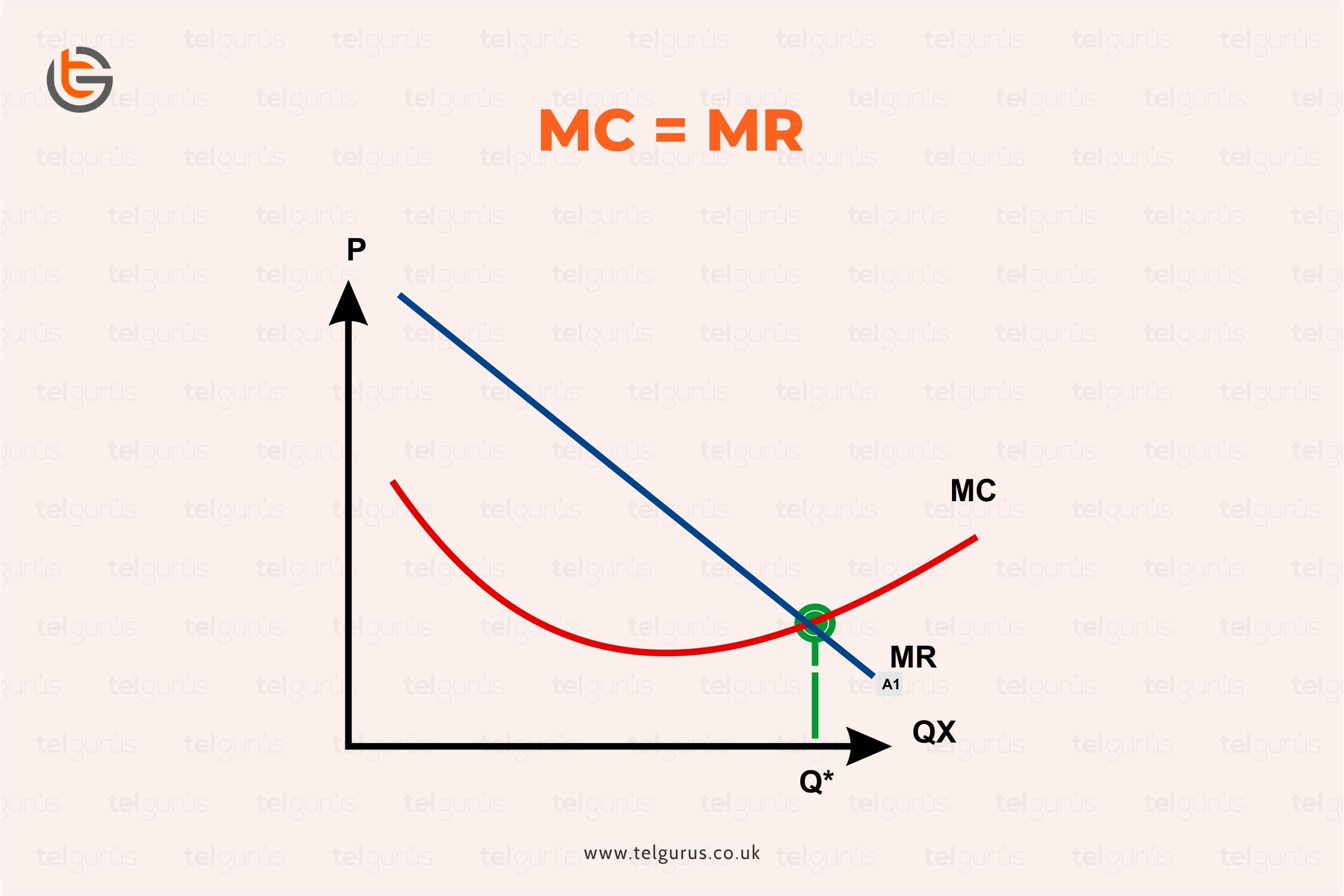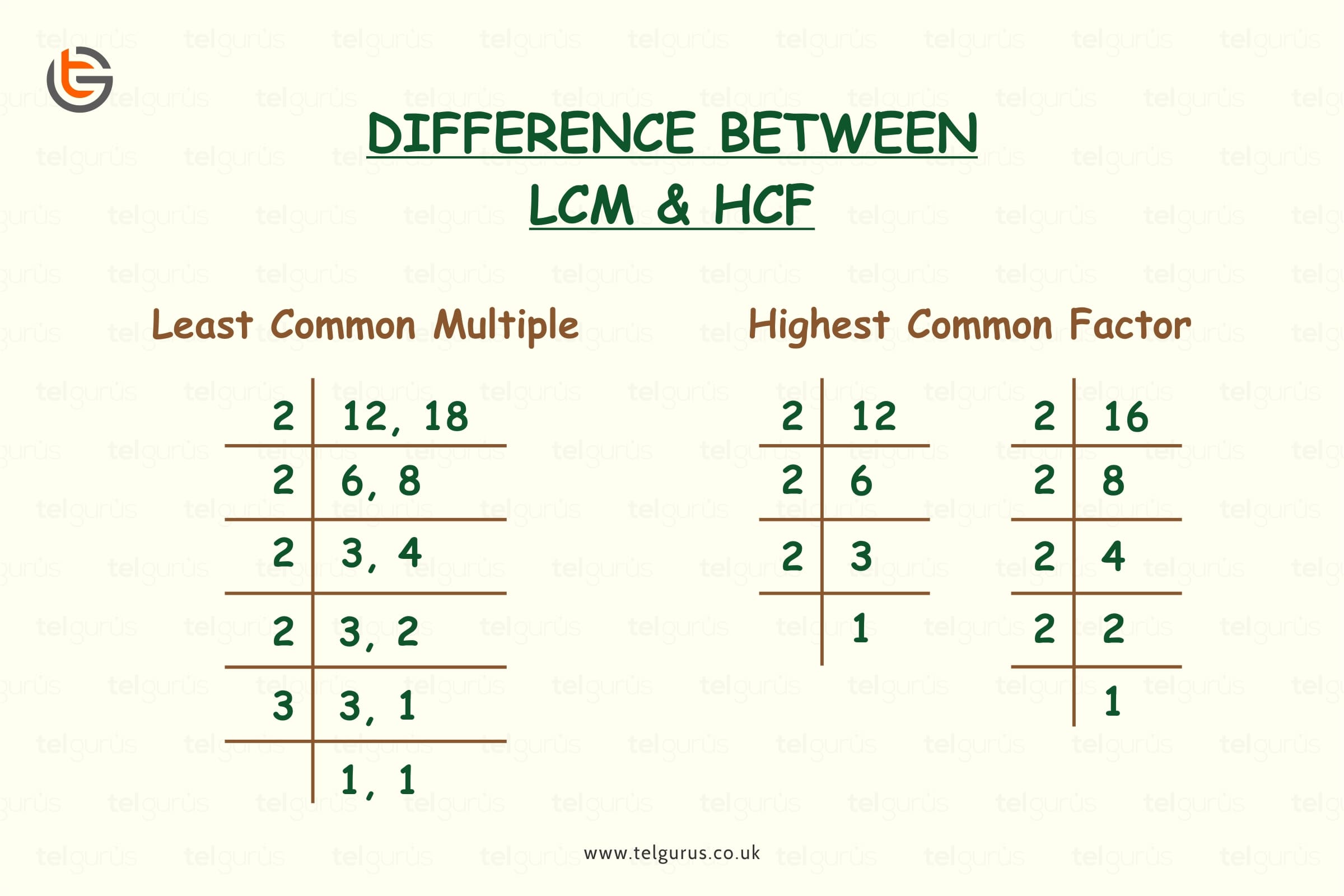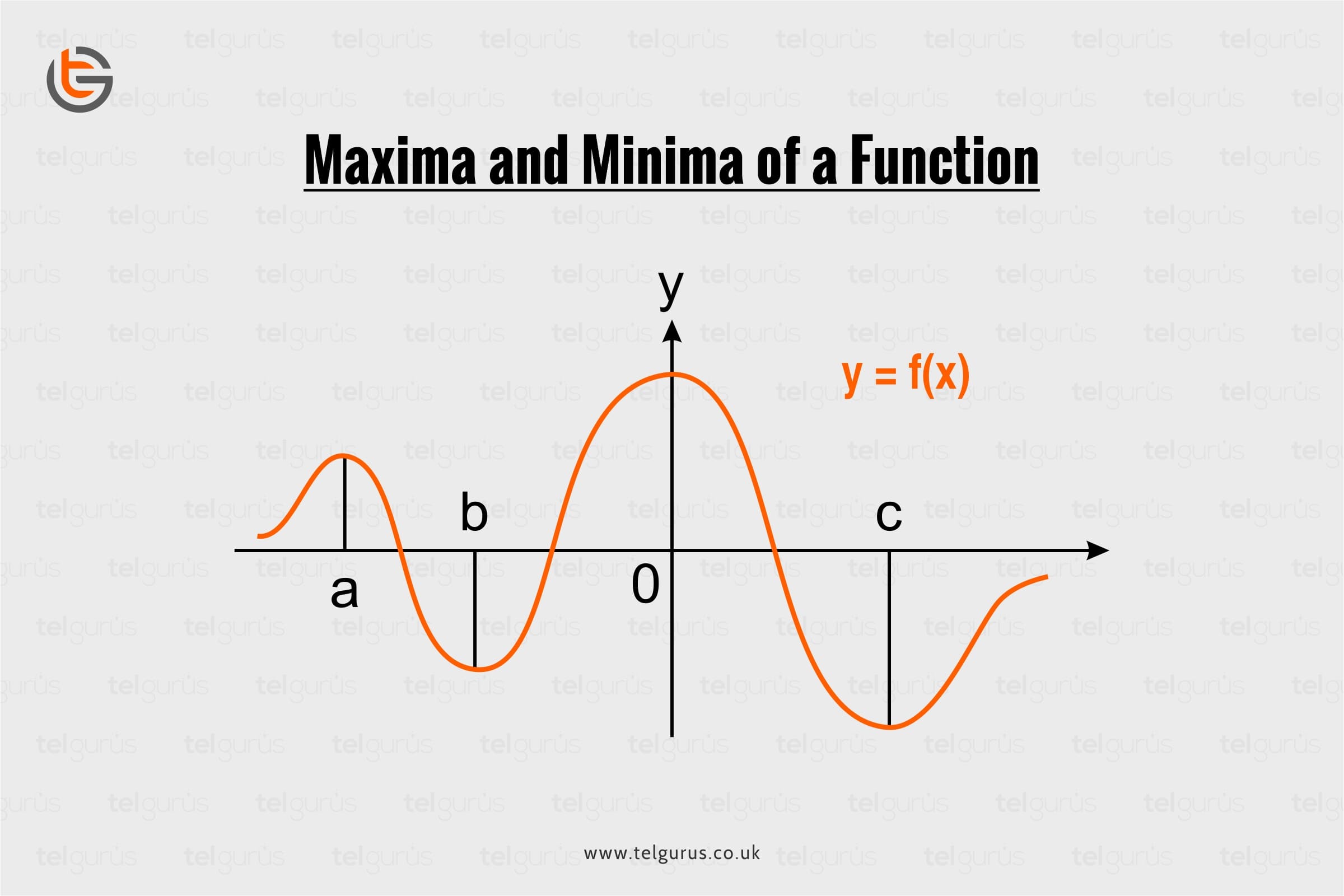Enrich your knowledge with our informative blogs
Why is MC = MR at the profit maximizing level of output?

Before proceeding forward, let’s understand the meaning of profit maximization.
What is profit maximization?
The process by which different enterprises make strategies to make high profits with lower expenditure is called profit maximization.
It is a basic target of every business or firm and is vital for its progress. The expenditure of a firm that goes into the manufacturing and delivery of products is known as its Total Cost of Production (TC).
The income of a firm coming from the sale of its products/ services is called Total Revenue (TR).
The difference between the Total Cost of production (TC) and Total Revenue (TR) constitutes the profit of the company or the enterprise. The profit is denoted by the symbol π or pi.
Therefore, π = TR – TC
This means that profit is equal to the difference between the total revenue and total cost.
In order to achieve maximum profits, it has to reach a stage of equilibrium.
What is equilibrium?
A firm is said to be in equilibrium position when its level of output give rise to maximum difference between total revenue and total cost, and it has no intention to change its existing level of production.
There are two methods of determining profit maximization in perfect competition which are mentioned below:
Methods of Determining Profit Maximization:
1). Comparing Total Cost and Total Revenue
Total profits of a firm are found my calculating the difference between total revenues and total costs.
Total profits will keep increasing as long as the change in total revenue continues to surpass or exceed the change in total cost of production.
In this scenario, for a perfect competition firms need to figure out the exact quantity of commodities that need to be sold in order to earn more profits.
2). Comparison Between Marginal Revenue and Marginal cost
Another method of determining maximum profit is the MC MR approach.
The change in Total Cost of Production (TC) incurred with the manufacturing of an additional unit is known as Marginal Cost (MC.
MC can be represented mathematically as:
MC = Change in total cost / Change in quantity
Similarly, the change in Total revenue resulting from the sale of an additional unit is known as Marginal Revenue or MR. It can be represented as:
MR = Change in total revenue / Change in quantity
Every time there is a demand for an additional unit that company products meets, the revenue increases by an exact amount equal to prevailing market price.
Why is profit maximised when MR = MC?
At production levels of MR = MC, the difference between the total revenue and total cost is maximum which serves as our requirement for producer’s equilibrium and leads to profit maximization.
However, profits begin to fall again when MC ˃ MR
Therefore, MC ˂ MR is a necessary condition for sustainable profit scenario.
The firm needs to take into account what happens when it changes its production by one unit, if aiming to maximize the profits.
The firm will incur extra production costs even for producing one single unit, but will also receive revenue from that unit.
If the MC is bigger than MR obtained, the firm should realize that producing an extra unit was not profitable at all.
The firm should continue the production till MC = MR because producing an extra unit beyond this point will not be profitable for the firm.
Read More – Mathematics Questions
View More – Useful links for Your Child’s Development

Unleash the Power of visualization to break tough concepts
Wanna be the next Maths wizard? Discover the new way of learning concepts with real-life Visualization techniques and instant doubt resolutions.
Categories
Recent Posts
- List of the qualities you should look for in your tutors?
- What is the most useful formulas in math?
- Describe the process of eating to defecation of food?
- Difference between the natural and artificial active response by the immunology system.
- Explain the different circle theorems
- How are nerve cells adapted to their function?










